
Stepfanie AguillonAssistant Professor I am an evolutionary biologist and ornithologist with an interest in understanding how and why new species form in nature ("the speciation process"). My lab uses an interdisciplinary approach that integrates genomic sequencing techniques, field collections, museum specimens, and laboratory experiments. We leverage hybrid zones as natural experiments that test the boundaries between closely related species. Because hybridizing species are not yet completely reproductively isolated, they can help us uncover the mechanisms underlying the evolution of reproductive isolation and ultimately the process of speciation itself. The primary study systems in my lab are northern flickers (common woodpeckers distributed across North America) and live-bearing fish (Xiphophorus swordtails and Poecilia guppies). |
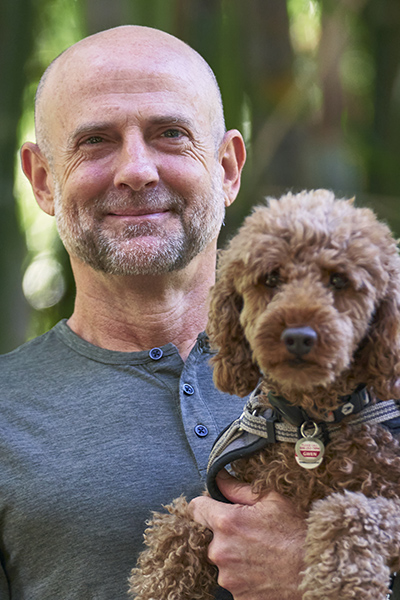
Michael AlfaroProfessor and Chair vertebrate diversification and macroevolution (especially coral reef fishes), functional and evolutionary morphology, comparative methods, phylogenetics |
Priyanga AmarasekareProfessor Mechanisms of diversity maintenance in variable environments |
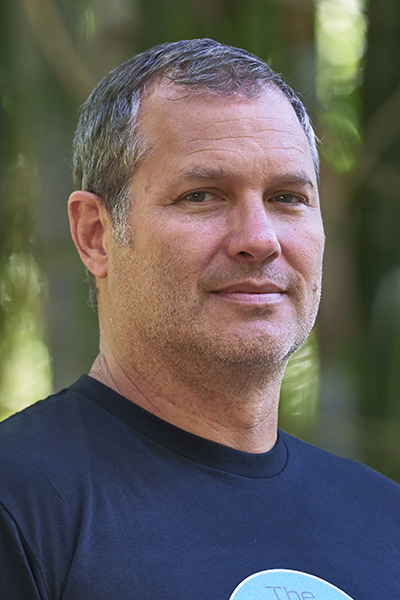
Paul BarberProfessor Evolution of conservation of marine biodiversity, Coral reefs, Evolutionary and population genetics, Natural selection and adaptation. |
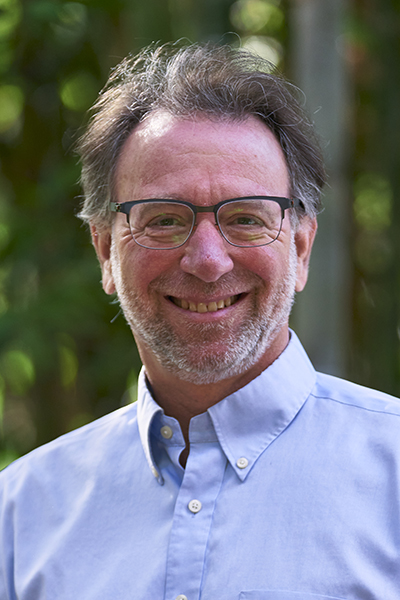
Daniel BlumsteinProfessor The evolution of behavior and the integration of behavior and conservation biology. |
Robert Eagle TripatiAssistant Professor |
Peggy FongProfessor Marine ecology of coastal ecosystems. |
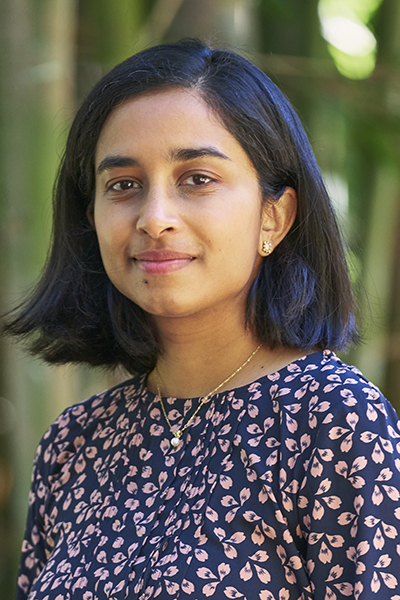
Nandita GarudAssociate Professor Population genetics; evolution in natural populations with a current focus on the microbiome. |
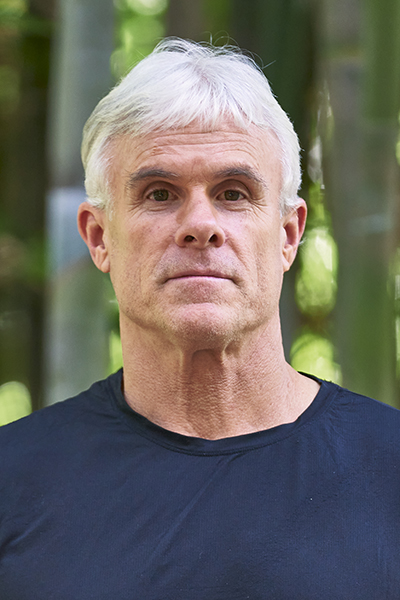
Greg GretherProfessor Causes and consequences of aggression and reproductive interference between species; character displacement; species recognition; evolution of coloration; the role of phenotypic plasticity in evolution; animal behavior |
David JacobsProfessor Evolution/Development of Invertebrate Body Plans, Paleobiology and Marine Speciation |
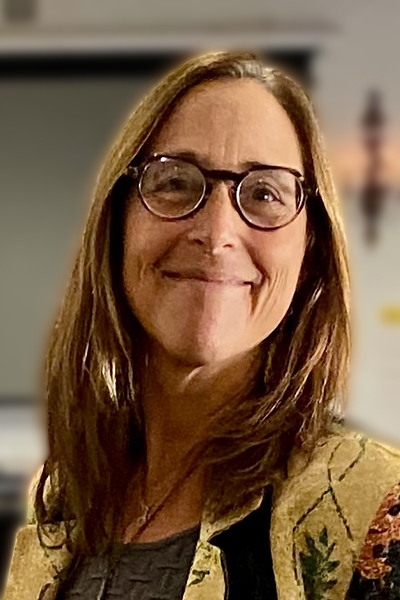
Rachel KennisonAssociate Teaching Professor |
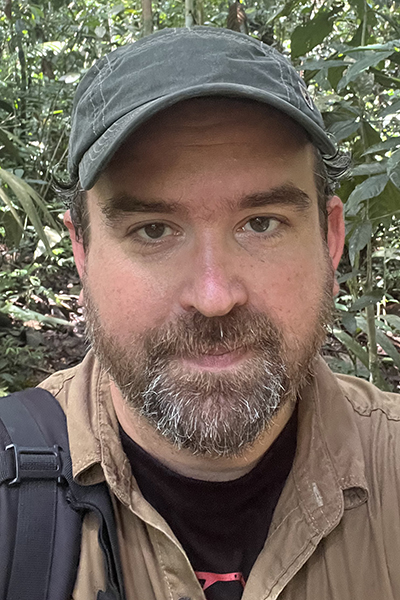
Nathan KraftProfessor Plant community ecology, with an emphasis on functional and phylogenetic approaches to understanding community assembly and species coexistence; tropical forest dynamics; biogeography and the assembly of regional biotas. |
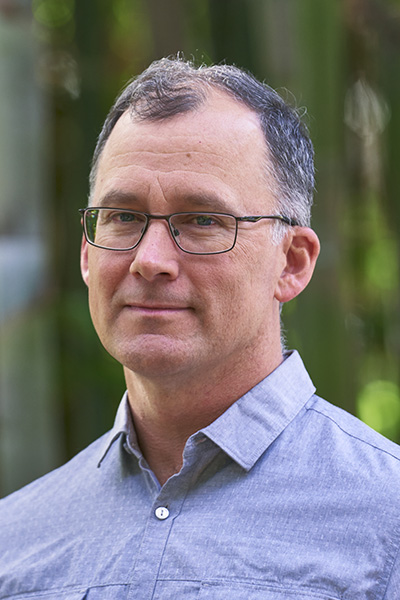
Jamie Lloyd-SmithProfessor Ecological and evolutionary dynamics of infectious diseases; emerging pathogens and zoonoses; host population heterogeneities; integration of dynamics across scales. |
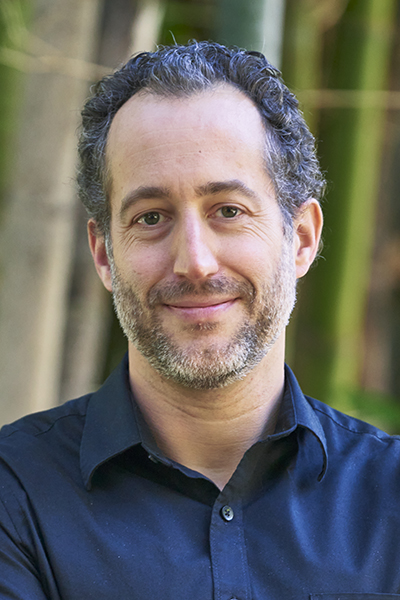
Kirk LohmuellerProfessor Population genetics; Statistical methods in evolutionary and medical genetics; genetic variation data |
Glen MacDonaldDistinguished Professor Glen M Sproul dit MacDonald works on issues of climate change and ecological and societal responses. |
Peter NonacsProfessor Behavioral ecology and social evolution, using both theoretical and experimental approaches. |
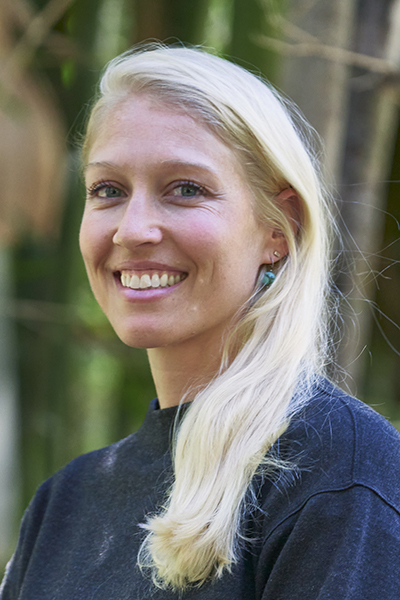
Elsa OrdwayAssistant Professor Global change and forest ecosystems; remote sensing; ecosystem ecology; tropical ecology; social-ecological systems; land-use change; conservation. |
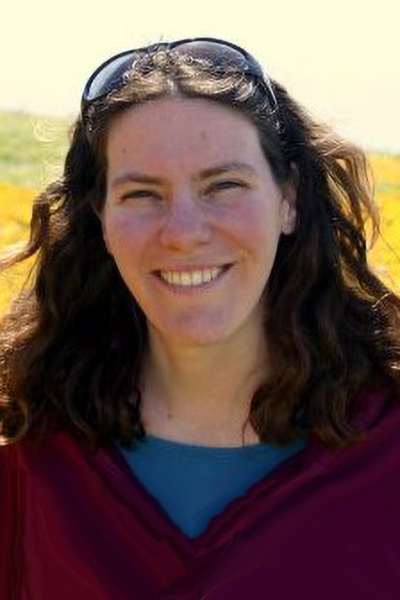
Noa Pinter-WollmanProfessor The emergence of collective behavior from variation and interactions among system components. |
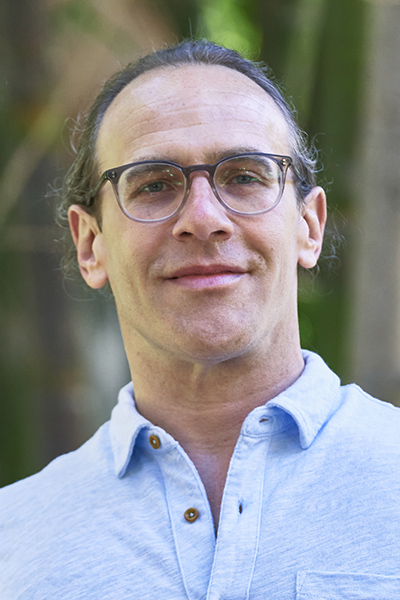
Lawren SackProfessor Ecology and physiology of plant species coexistence. Hydraulics of plant water transport. Evolution and functional consequences of diversity in leaf size, shape and venation. Forest dynamics and ecohydrology. Conservation physiology. |
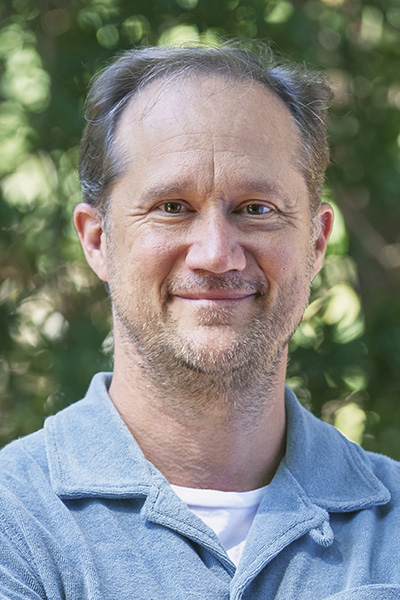
Van SavageProfessor Effects of climate on ecological systems; species interactions; evolutionary dynamics; mathematical biology; biological scaling in relation to thermal responses, vascular systems, sleep, and tumor growth |
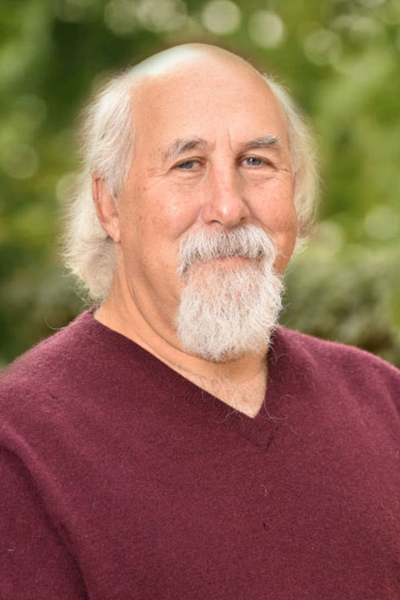
Barney SchlingerProfessor Steroid hormone synthesis and action in birds; hormonal control of brain and behavior in tropical bird species |
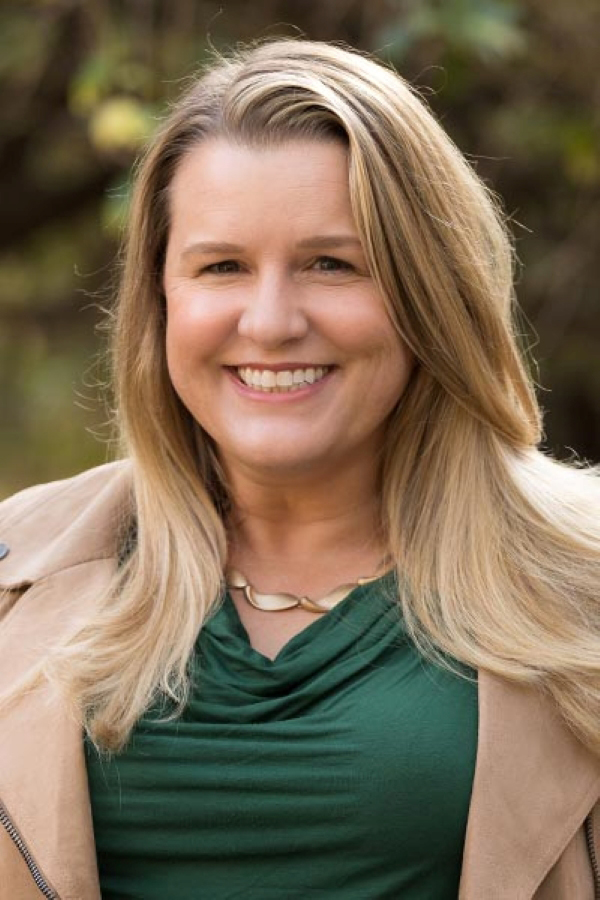
Karen SearsProfessor Developmental, aging, and evolutionary biology of mammals |
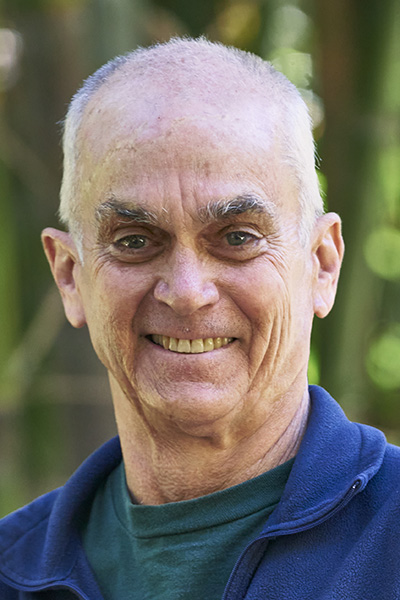
H. Bradley ShafferDistinguished Professor Population biology, landscape ecology, and conservation genomics of reptiles and amphibians, particularly in California |
Chuliang SongAssistant Professor |
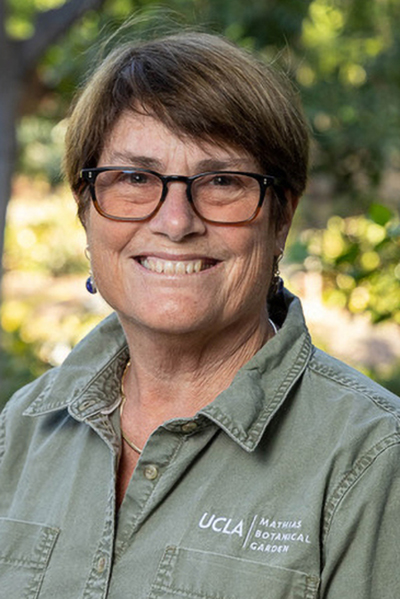
Victoria SorkDistinguished Professor Ecological, evolutionary, and conservation genomics of tree populations; evolutionary biology and conservation science of oaks; phylogeography; hybridization and introgression; molecular ecology of pollen and seed dispersal. |
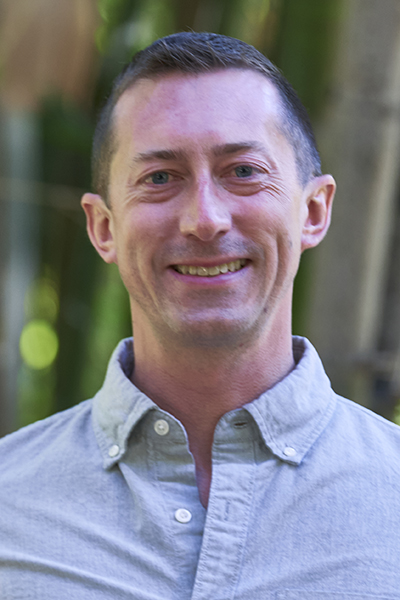
Morgan TingleyProfessor Effects of global change on biodiversity; hierarchical modeling; fire and Californian wildlife; ornithology; conservation. |
Tina TreudeProfessor |
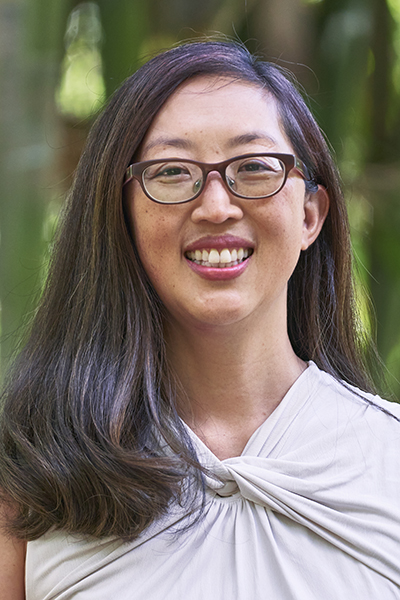
Pamela YehAssociate Professor My lab is interested in measuring, understanding, and predicting the ecological and evolutionary trajectories of populations when they encounter novel environments, particularly environments with multiple disturbances or stressors. We are especially interested in how the stressors interact, and how these interactions ultimately affect populations. We incorporate field, lab, and theoretical tools in our work. We work on two systems, one lab-based, and one field-based. In the lab, we work on microbial evolution and how bacteria respond to multiple stressors, using antibiotics as stressors. In the field, we work on avian urban ecology and evolution, specifically on how dark-eyed juncos and house sparrows are affected by the urban landscape and unique urban stressors. |
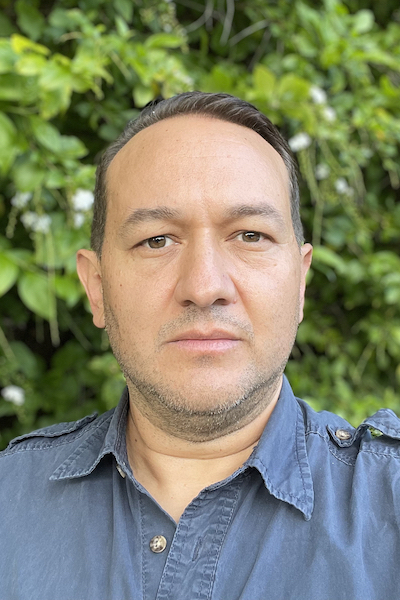
Felipe ZapataAssociate Professor Evolutionary biology with a particular focus on plants from the Tropics, California, and Hawaii |
